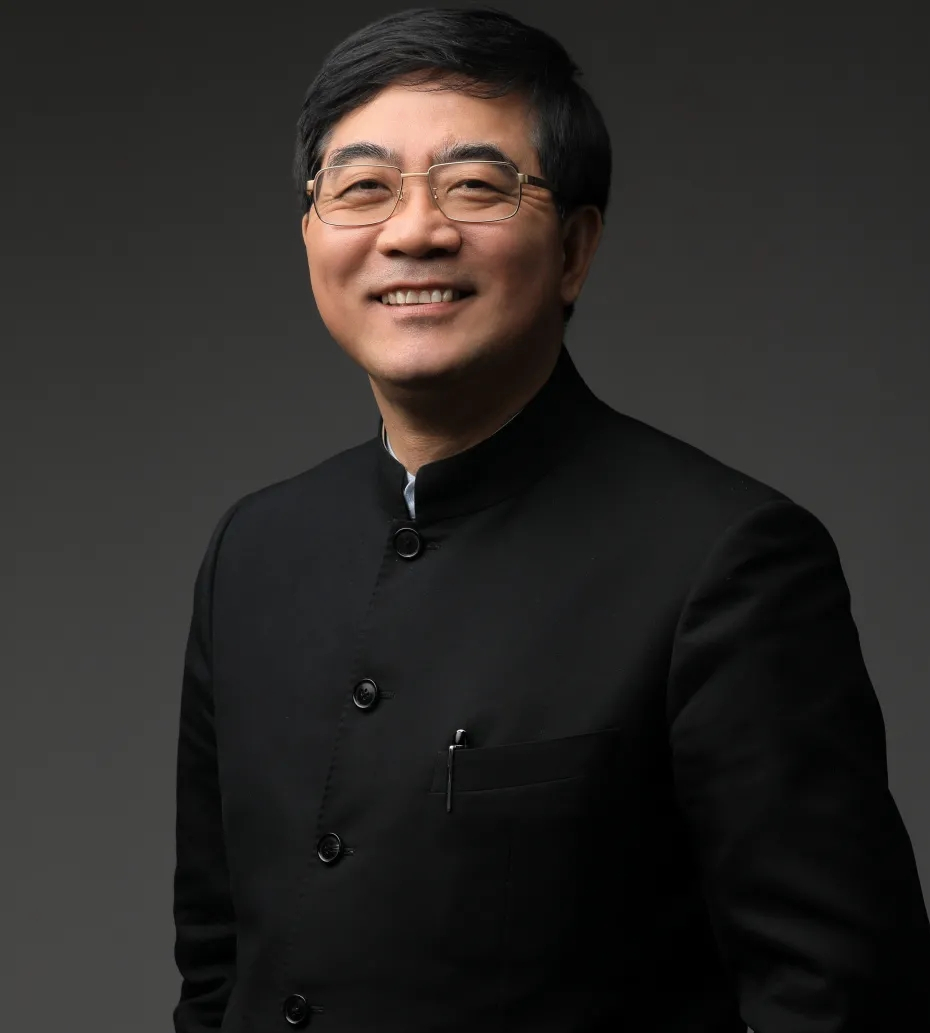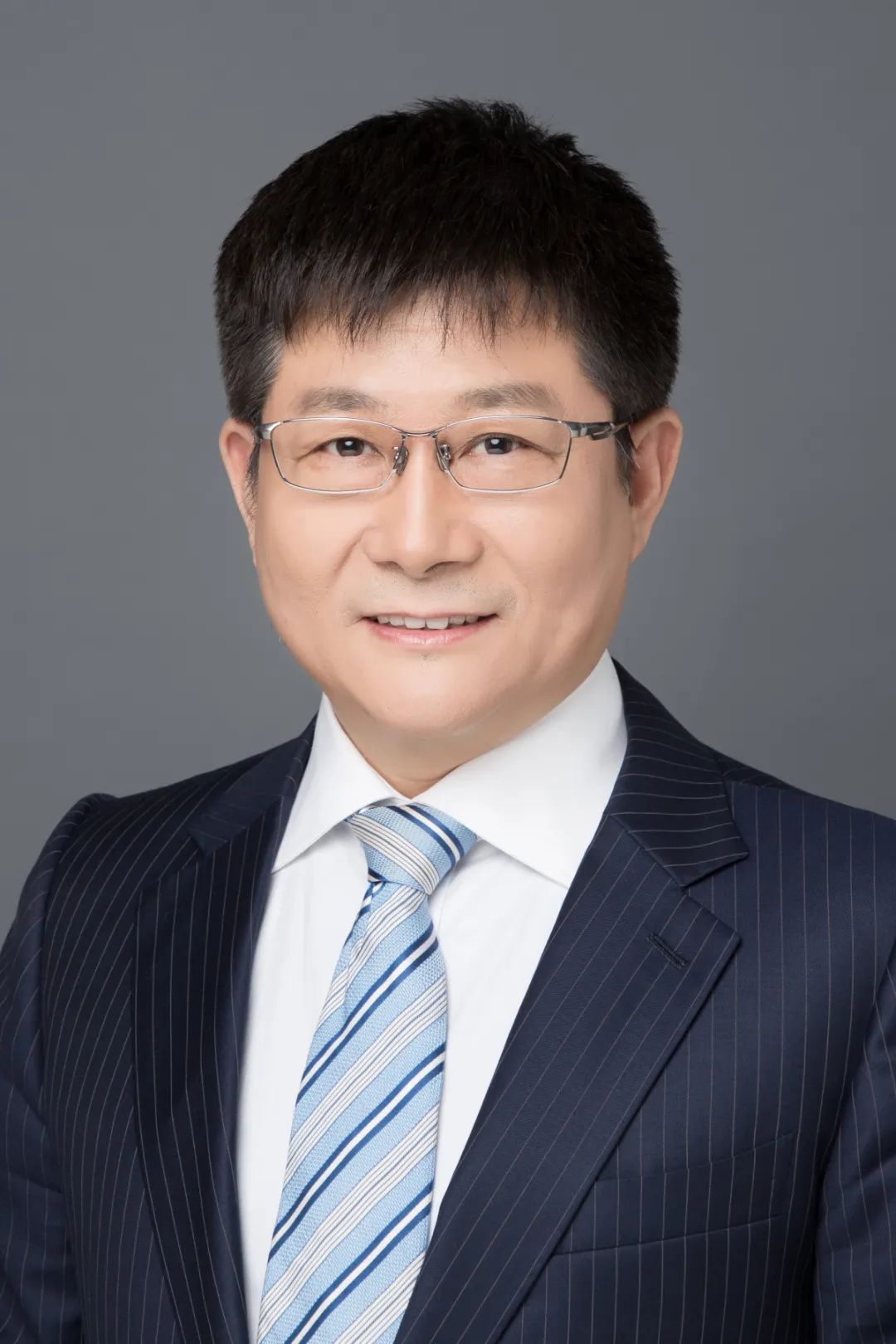The first clinical enrollment of TriFlower new type of foramen ovale obturator in China
On May 8, 2023, Academician Ge Junbo and the structural cardiology clinical teams at Zhongshan Hospital, including Professor Zhou Daxin, Professor Pan Wenzhi, Zhang Xiaochun, Chen Haiyan, Li Wei, and Long Yuliang, achieved a significant milestone in the field of cardiology. They successfully conducted the inaugural clinical enrollment of TriFlower's innovative foramen ovale obturator, developed by ConFlow MedTech, in China. This groundbreaking procedure involved the closure and occlusion of a patent foramen ovale (PFO) in a patient. Postoperative ultrasound assessments revealed a remarkable improvement, with the patient's foramen ovale shunt reducing from preoperative levels to none. The patient recovered well and was discharged without any associated clinical complications on May 9th. This successful implantation underscores the safety, effectiveness, and procedural simplicity of TriFlower's novel foramen ovale obturator.

The foramen ovale is a natural fissure within the atrial septum, typically closing permanently after birth due to changes in pulmonary circulation. However, when it remains open beyond the age of 3, it is referred to as a patent foramen ovale (PFO). PFO can lead to serious health issues as it allows venous thrombi to enter the systemic circulation, potentially causing embolisms in the brain and leading to strokes. Clinically, PFO is associated with recurrent migraines, transient ischemic attacks, and systemic circulation embolisms. Research indicates a significant correlation between PFO and various cardiovascular and cerebrovascular conditions. Approximately 20% to 25% of adults have an incomplete patent foramen ovale.

Treatment options for symptomatic PFO patients include drug therapy, surgical procedures, and interventional closure therapy. PFO interventional closure, characterized by minimal invasiveness, absence of thoracotomy or extracorporeal circulation-related discomfort, fewer complications, and a high success rate, has gained widespread recognition and acceptance. Year by year, the number of PFO closures in China continues to grow, reflecting the increasing adoption of this approach.
ConFlow MedTech's independently developed TriFlower novel foramen ovale obturator incorporates design principles from Professor Zhou Daxin, along with input from the structural heart disease team led by Academician Ge Junbo and other experts. The product design seamlessly integrates clinical prerequisites such as achieving a high closure rate for PFO implantation devices, minimizing the number of implants to prevent interference with subsequent atrial septal puncture procedures, promoting swift endothelialization to mitigate thrombosis risks. This innovation presents a valuable new option for clinical patients seeking PFO closure.
Patient Profile & History
A 19-year-old female patient was admitted with complaints of dizziness, tinnitus, sudden loss of visual field, and the discovery of a patent foramen ovale (PFO). Brain MRI revealed recent cerebral infarction in the right occipital lobe and cerebellar hemisphere, as well as multiple lacunar infarctions near the right ventricle, accompanied by occlusion of the right posterior cerebral artery. Cardiac ultrasound confirmed the presence of a PFO.
Preoperative color Doppler echocardiography demonstrated a low-velocity left-to-right shunt at the atrial level following Valsalva maneuver stimulation.
Surgical Process
Academician Ge Junbo personally implanted a TriFlower new type foramen ovale obturator(Figure 1 and Figure 2) for the patient. The operation was performed through the femoral venipuncture, and the delivery system was sent through the PFO to the left atrium under the guidance of DSA. After the left atrium fully released the three clip arm, gently pull it back to make it cling to the left side of the PFO; Further retract the conveying sheath to release the right disc surface, so that the sealing disc fully fits onto the right side of the PFO; Then perform a pull test to observe whether the shape and position of the obturator are normal, and closely monitor the patient's vital signs; The new TriFlower oval hole closure device, which separates the rotating conveying steel cable, has been implanted. DSA confirms that the position of the occluder is appropriate and the morphology and structure are normal (there is no deformation or folding of the occluder disc and clamping arm) (Figure 3).

Figure 1: Instrument Inspection

Figure 2: Device Operation
Figure 3: Postoperative DSA
The surgical procedure was executed seamlessly, with straightforward instrument manipulation, resulting in a favorable surgical outcome. Postoperative ultrasound examinations revealed the absence of any residual shunt following patent foramen ovale closure in the patient. The successful execution of this operation signifies the commencement of the clinical trial phase for ConFlow MedTech's TriFlower novel foramen ovale obturator at the research center of Zhongshan Hospital affiliated with Fudan University. This achievement establishes a robust foundation for forthcoming national multicenter registered clinical trials.
Product Features

· The device features a unique design, employing smaller implants to minimize interference with subsequent atrial septal puncture procedures.
· The product model is engineered with various specifications tailored to address complex patent foramen ovale (PFO) cases.
· The product has submitted applications for four invention patents, four utility model patents (with two already authorized), one PCT international patent, and one design patent.
Expert profile

Ge Junbo
Academician of Chinese Academy of Sciences
At present, Academician Ge, the Director of Cardiology at Zhongshan Hospital affiliated to Fudan University, holds esteemed positions in cardiology and healthcare leadership. These honorable roles include presiding over the Cardiovascular Physicians Branch of the Chinese Medical Doctor Association, leading the China Cardiovascular Health Alliance, and directing the National Radiation and Therapy Clinical Research Center.
Throughout his career, he has garnered countless awards and honors, including "Yangtze River Scholar," "Science and Technology Elite," "National May Day Labor Medal," "Tan Jiazhen Life Science Award," and the "Bethune Medal." He is renowned for his pioneering work in ultrasound imaging diagnostics, specifically the "half-moon phenomenon" and "fingertip phenomenon" as myocardial bridge indicators. He also supervised the development of China's first degradable coating coronary stent and introduced the "Retrograde wire kissing technology" at the TCT conference in the United States.
Academician Ge has led groundbreaking medical breakthroughs, such as domestic percutaneous aortic valve implantation, percutaneous mitral valve repair, and percutaneous pulmonary angioplasty. His dedication to coronary artery disease diagnosis and treatment optimization, coupled with technological innovations, has resulted in achievements in intravascular ultrasound technology, new coronary stent development, complex coronary artery disease interventional strategies, and cell therapy for coronary artery disease.
With an extensive research background, he has been involved in over 20 national, provincial, and ministerial-level scientific research projects. He has authored more than 300 papers as the corresponding author, edited one English monograph, and co-edited 19 Chinese monographs. Furthermore, he serves as the editor-in-chief of influential cardiology textbooks and publications.
In recognition of his contributions, he has received prestigious awards, including the National Science and Technology Progress Award, the National Technological Invention Award, the Ministry of Education Science and Technology Progress Award, the Chinese Medical Science and Technology Award, and the Shanghai Science and Technology Progress Award. Academician Ge remains actively dedicated to advancing the field of cardiology and enhancing healthcare practices.

Zhou Daxin
Zhongshan Hospital Affiliated to Fudan University
Medical Director, Professor, and Doctoral Supervisor with exceptional expertise in congenital heart disease intervention, pulmonary arterial hypertension treatment, arrhythmia therapy, coronary heart disease treatment, hypertension, heart failure, and clinical pharmacology research. Significant contributions to the development of Chinese guidelines for structural heart disease diagnosis and treatment, pulmonary arterial hypertension guidelines, and expert consensus on treating congenital heart disease with severe pulmonary arterial hypertension. Furthermore, currently serving as Deputy Head of the Chinese Medical Association Structural Heart Disease Group, Deputy Chair of the Chinese Physician Association Cardiovascular Disease Branch Structural Heart Disease Special Committee, and Deputy Head of the Shanghai Cardiovascular Disease Association Structural Heart Disease Group.

Pan Wenzhi
Zhongshan Hospital Affiliated to Fudan University
Dr. Pan, a Doctor of Medicine and Chief Physician specialized in Cardiology and also serving as a Master Tutor. He holds multiple leadership roles within the Shanghai Medical Association's Cardiovascular Branch, including Deputy Leader of the Structural Cardiology Group, Secretary-General of China Structural Week, and Secretary of the Structural Group for the Cardiovascular Branch of the Chinese Medical Doctor Association. Furthermore, he is the Director of the R&D Department at the Chinese Cardiovascular Physician Innovation Club (CCI).
Dr. Pan has achieved significant recognition throughout his career, including being named one of the Top 10 Young Doctors at Fudan University in 2017, receiving the May 4th Youth Medal from the Shanghai Health Planning Commission in the same year, and being recognized as one of the Top 10 Outstanding Young Doctors of Fudan University in 2018. His accolades also include winning the Oriental Rising Star Award in 2019, securing the CIT Youth Research Award in 2020, and earning the prestigious Silver Snake Award, the top honor for young health talents in Shanghai, in 2021. Notably, he was promoted to the position of Chief Physician at the Shanghai Institute of Cardiovascular Disease in 2021, becoming the youngest to hold this title.
Dr. Pan's expertise is primarily in clinical practice and the development of devices for structural heart disease, with a special focus on transcatheter heart valve therapy (TVT). He has independently performed over 1,000 TAVR surgeries and played a pivotal role in crafting five Chinese expert consensus documents on TVT. Additionally, he holds 18 patents for inventions and utility models, including two international PCT patents, and has successfully commercialized 13 patents.
Collaborating with Academician Ge Junbo, he was a key team member in developing the world's first transapical mitral valve clamp, ValveClamp, which has completed pre-marketing clinical trials. He also contributed to the creation of the pioneering punctureable occluder known as ReAces, for which exploratory clinical trials have been completed. Furthermore, he edited the first domestic monograph on TVT titled "Transcatheter Heart Valve Therapy" and has authored over 50 SCI papers and more than 160 Chinese papers, with his research cited 1,928 times. Additionally, he played a role in editing two monographs.
Throughout his career, Dr. Pan has led five projects, including those funded by the national key R&D plan and the Shanghai Municipal Science and Technology Commission, earning recognition such as the first prize in the Ministry of Education's Science and Technology Progress Award in 2020 and the third prize in the Shanghai Science and Technology Progress Award in 2014.
-
July 01,2023ConFlow MedTech's registration for the 2023 CSI Frankfurt International Summit debut.
-
October 11,20222022 China Structural Heart Disease Academic Week|Clinical progress of FreeFlow shunt in the treatment of right heart failure
-
December 04,2021Built on diligence, innovation, and a global perspective - CCI innovative medical device—FreeFlow® percutaneous atrial septal shunt system
Pursue further excellence!





